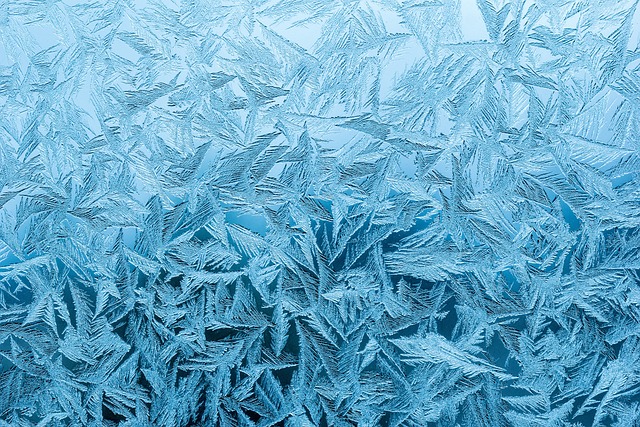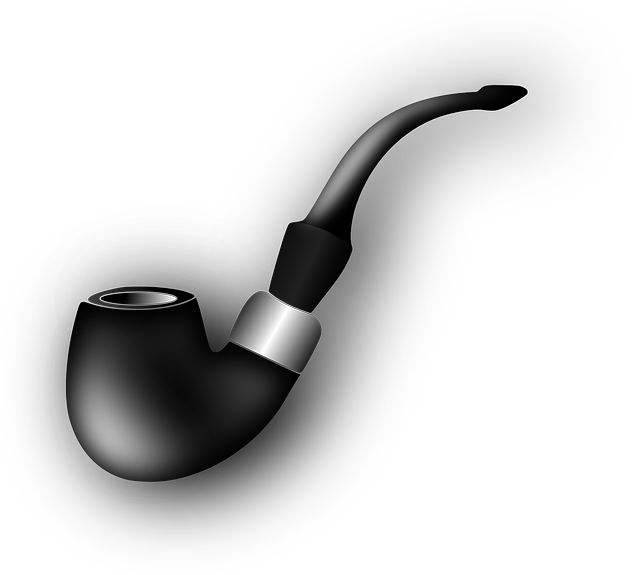Frozen pipes cause significant winter damage; prevent them by understanding water expansion, insulating exposed pipes, maintaining home heat, and conducting regular maintenance checks. As a long-term strategy, insulation is key. If pipes freeze, act swiftly: shut off water, use low-heat thawing methods, and consult professionals for severe cases.
Frozen pipes can cause significant damage and lead to costly repairs, with bills reaching thousands of dollars. Understanding this common winter issue is the first step to protecting your home. This article guides you through everything you need to know about frozen pipes, from recognizing the problem and its financial implications to practical steps for prevention. Learn how to safeguard your plumbing system and avoid expensive surprises this winter. Discover effective methods to prevent frozen pipes and gain emergency tips for thawing them if needed.
- Understanding the Problem: Frozen Pipes and Their Costs
- Practical Steps to Prevent Pipe Freezing
- What to Do When Prevention Fails: Emergency Tips for Thawing Pipes
Understanding the Problem: Frozen Pipes and Their Costs

Frozen pipes are a common problem during cold weather, and they can lead to costly damage if left unattended. When water inside pipelines freezes, it expands, putting immense pressure on the pipes. This can result in bursts or leaks, causing extensive water damage to your property. The costs associated with frozen pipes include not only the repair or replacement of damaged pipes but also potential water damage restoration, and even legal liability if the freeze-related damages extend to neighbors’ properties. Moreover, emergency plumbing services during off-peak hours often come at a premium price.
Understanding how frozen pipes occur is the first step in preventing them. This typically happens when outdoor or uninsulated pipes are exposed to freezing temperatures. Insulating these pipes and maintaining adequate heat in your home can significantly reduce the likelihood of freezing. Regularly checking for any signs of water leaks, especially during colder months, is another proactive measure you can take. How to Prevent Frozen Pipes involves a combination of proper insulation, efficient heating systems, and diligent maintenance checks.
Practical Steps to Prevent Pipe Freezing

To prevent frozen pipes, start by understanding the primary causes: extreme cold temperatures and lack of insulation. One effective step is to insulate exposed pipes, especially in areas prone to temperature drops below freezing. This simple measure significantly reduces the risk of water expanding as it freezes, which can lead to burst pipes.
Additionally, keeping your thermostat at a consistent temperature above 50°F (10°C) helps maintain a steady flow of warm water throughout your home. During extreme cold spells, consider turning off the main water supply valve and draining any remaining water from pipes leading to outdoor faucets or sprinkler systems. This proactive approach can safeguard your plumbing system from costly damage caused by frozen pipes.
What to Do When Prevention Fails: Emergency Tips for Thawing Pipes

If your prevention measures fail and pipes freeze, act quickly to thaw them before damage occurs. Start by shutting off the water supply at the main shut-off valve to prevent further water from entering the frozen sections. Then, use a heating pad set on low or a heat lamp to gently warm the pipes. Another effective method is to place a bucket of hot water near the frozen area, allowing the heat to transfer and thaw the pipes gradually. Avoid using direct heat sources like blow dryers, as they can cause the pipe to burst due to sudden temperature changes.
For severe cases, consider calling a professional plumber who has the tools and expertise to handle frozen pipes safely and efficiently. They can use specialized equipment to detect frozen areas, apply heat precisely, and fix any damage caused by freezing. Regularly insulating exposed pipes during cold snaps is the best way to prevent future issues, ensuring your home stays protected and saving you from costly repairs.
Frozen pipes aren’t just an inconvenience; they can lead to costly damages. By understanding the problem and taking proactive steps like insulating your home, maintaining proper heating, and using heat tape on vulnerable areas, you can significantly reduce the risk. However, if prevention fails, it’s crucial to act quickly with emergency thawing methods to minimize potential costs. Armed with knowledge and a few simple tools, you can protect your pipes and your wallet all winter long.
